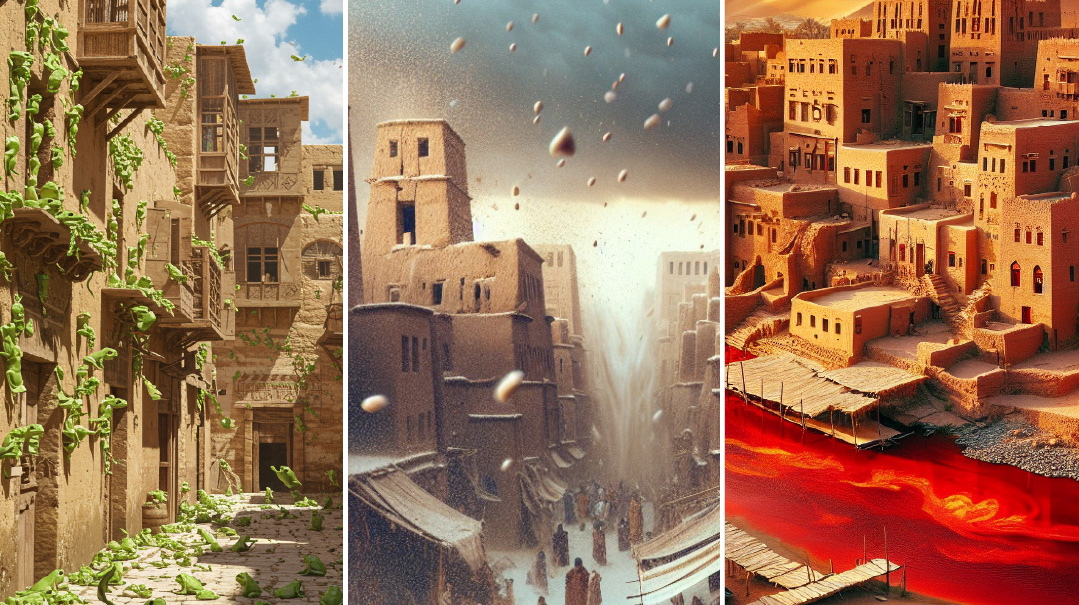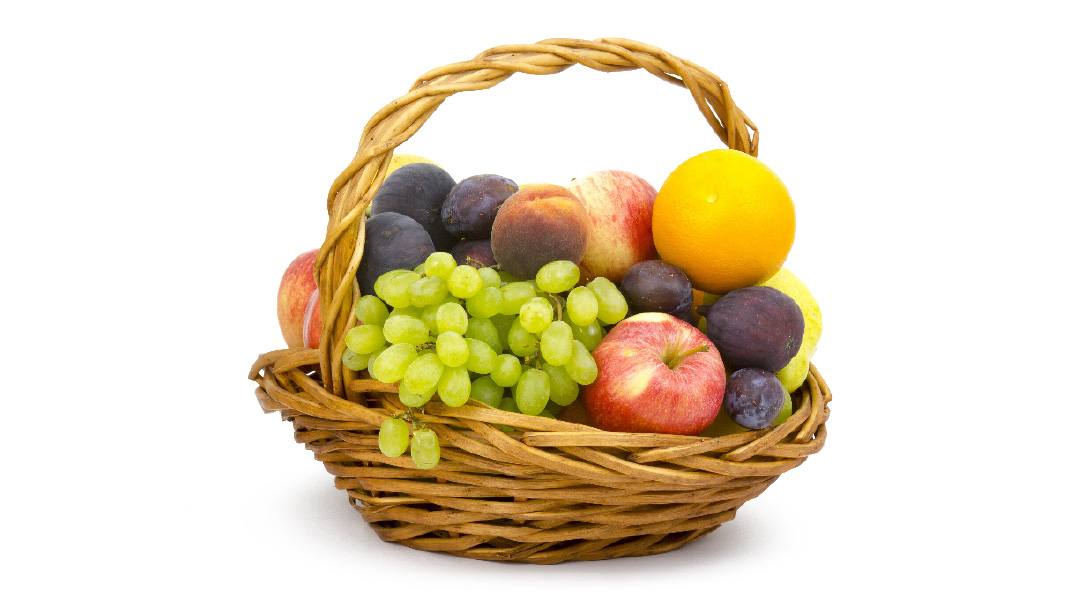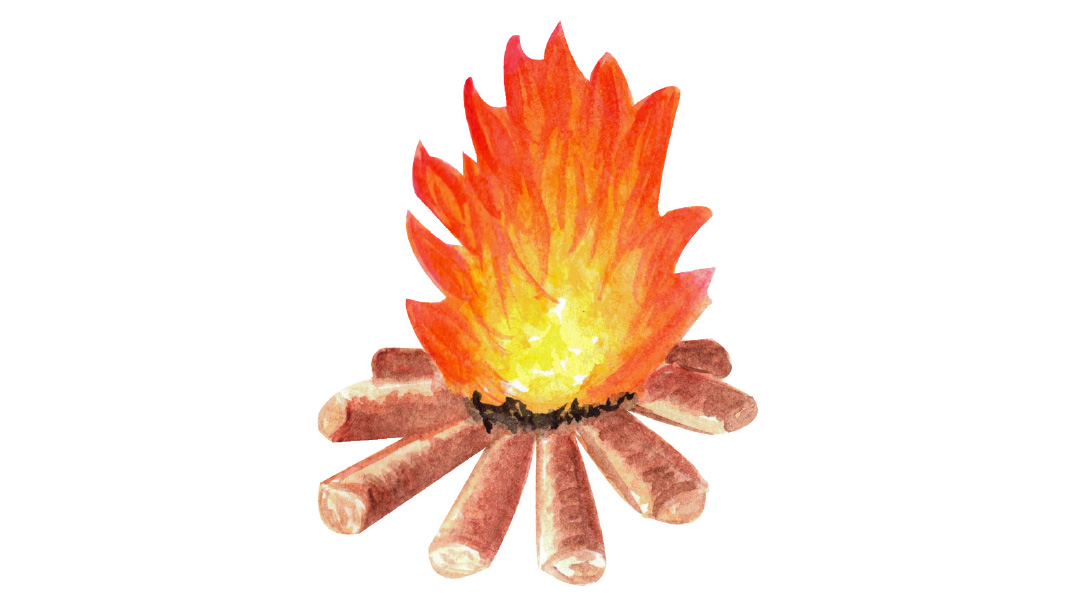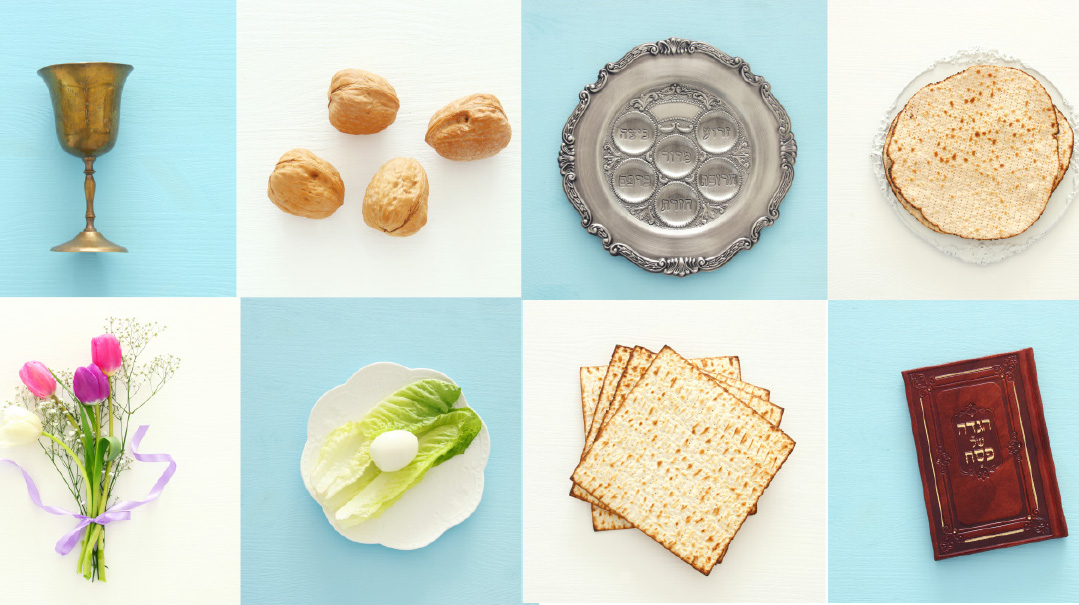Miracles and Rabi Meir
| December 12, 2023What do Rabi Meir and Chanukah have in common?
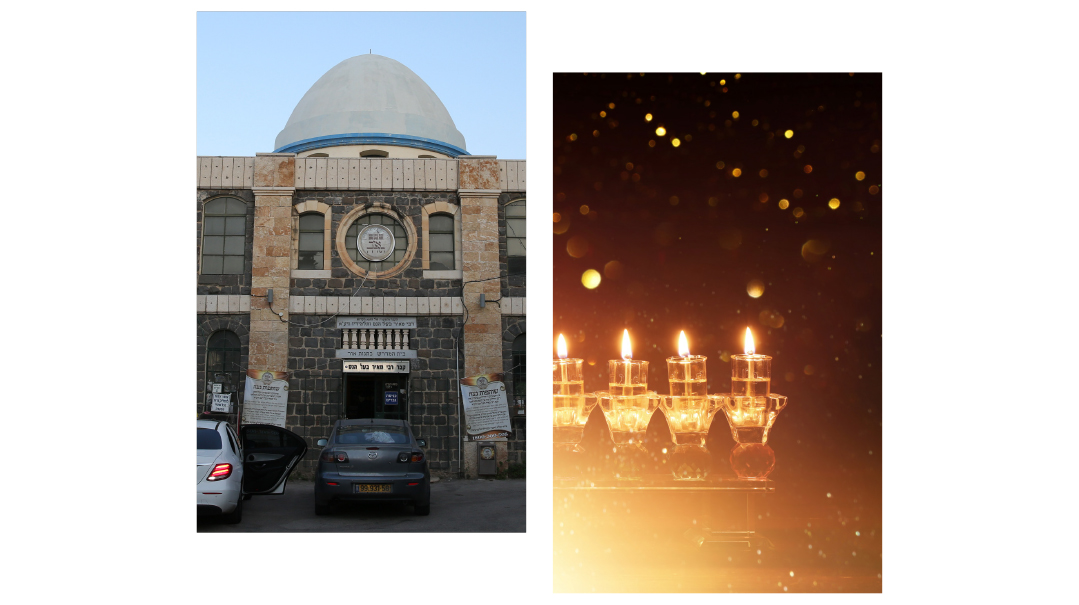
We’re taught that Chanukah, the Yom Tov that is now ending, contains within it a spiritual light that continues to shine long after the eighth candle goes out. But this same light also seems to be mystically associated with the great Tanna Rabi Meir, whose name means “illuminate.” But what can this connection be? What do Rabi Meir and Chanukah have in common? In his newly published book, Rebbi Meir Baal Haness and the Eternal Children of Hashem, Rabbi Daniel Glatstein reveals the secret, among many others
1
It’s a minhag within Klal Yisrael that in times of distress, one should recite the words “Eloka d’Rabi Meir, aneini— G-d of Meir, answer me.” This concept is rooted in a gemara in Avodah Zarah (18a) where Rabi Meir himself uttered this prayer and was saved from being attacked by vicious dogs.
The Maharsha, commenting there, asks a pointed question. We have a principle that G-d does not associate His name with any one individual while he is still alive. For example, the Torah will refer to Hashem as “Elokei Avraham, G-d of Avraham” but only because Avraham has passed away. So long as he is alive, the Torah refrains from such language. That being so, how can Rabi Meir, during his lifetime, refer to Hashem as the “G-d of Rabi Meir”?
The Maharsha offers two answers to the question. The first, is that “Meir” in this context does not refer to Rabi Meir as a personality. Rather, it refers to Hashem Himself, Who is meir; He illuminates and provides light to the whole world and all of its inhabitants.
The Maharsha then provides a second answer. The term “Meir” refers to Hashem Himself; however, the light being alluded to is a very specific one. It is referring to the Chanukah story, when Hashem illuminated Klal Yisrael with a great miracle.
This second answer of the Maharsha is difficult to understand. The Jewish People are no strangers to miracles; we have experienced many Divine salvations throughout our history. Why then, when in need of a personal yeshuah, should one evoke the miracle of Chanukah in particular? Additionally, if the reference to “Meir” in this context refers to Hashem, and not Rabi Meir, then why is it Rabi Meir who establishes this prayer?
2
The Kaf HaChaim quotes the Ben Ish Chai, who cites a fascinating minhag: One should light a candle on Rosh Chodesh Teves l’illui nishmas Rabi Meir Baal Haneis. Interestingly, no reason is given for this custom.
What could be the explanation?
Rav Chaim Palagi, in his sefer Moed L’chol Chai, (quoting his son, Rav Avraham), brings an additional minhag, and that is that on Chanukah, and on Rosh Chodesh Teves in particular, one should give tzedakah in memory of Rabi Meir and have that money sent to Teveria.
However, once again, there is no explanation as to what Rabi Meir’s connection with Chanukah — or Rosh Chodesh Teves — is.
3
The Gemara in Kiddushin (36a), tells us of a very fundamental machlokes between Rabi Yehudah and Rabi Meir. Although we know that the Jewish People are called “Hashem’s children,” Rabi Yehudah maintains that this is only when we are conducting ourselves properly. However, should we veer from the path of Torah, we lose this exalted title.
Rabi Meir, however, disagrees. Bein kach u’bein kach, he says, either way, we are called Hashem’s children.
The Chida explains that this position of Rabi Meir plays a crucial role in the Chanukah story.
We are taught that the Greeks decreed that the Jews could not observe the mitzvos of Rosh Chodesh, Shabbos, and bris milah. The Chida explains that each of these mitzvos are unique in that they signify our status as Hashem’s children.
Shabbos is off-limits to anyone but the Jewish People. The Chida explains that the reason for this is because Shabbos is considered the “scepter of the King.” The king’s scepter is forbidden to anyone but the king’s son.
Regarding milah, the Zohar says explicitly, “those who guard the bris are called children.”
And Rosh Chodesh, says the Chida, is established by the word of beis din. The idea that Hashem would “adhere,” so to speak, to the ruling of human beings in determining the new month is an outgrowth of His great love for us. We are His children and He therefore endows us with the power to establish calendrical realities (see chapter 16 where this idea is discussed at length).
Thus, our victory over the Yevanim allowed us to take back the three mitzvos that symbolize our father-child relationship with Hashem — a dynamic that Rabi Meir ardently defends. And so it is most appropriate that when eliciting the zechus of Rabi Meir, we make a reference to Chanukah. It is also quite understandable why we should light a candle in memory of Rabi Meir on Chanukah.
4
While we do not know the date of Rabi Meir’s yahrtzeit for certain, Rav Pinchos Zvichi, in the sefer Tashis L’Rosho, suggests something phenomenal. Perhaps the yahrtzeit of Rabi Meir is none other than Rosh Chodesh Teves! This would so beautifully explain the custom to light a candle on that day l’illui nishmaso— it’s his yahrtzeit.
(Originally featured in Mishpacha, Issue 990)
Oops! We could not locate your form.

